After the Great Depression in the 1930s, new ideas for design came into progression for the everyday woman. The wardrobe for many women transitioned from loose flapper dresses to long elegant suits and stylized dresses. Much as corset’s became undesired to women by that time, the design of the waistline transitioned back to the natural place. Women would also wear long skirts with zig-zag seams or inverted pleats along with jackets with large standup collars and exaggerated cuffs. Blouses were also designed with embellishments on cuffs & collars with large puffed sleeves.
Suits became more stylized with sharper angles as new sewing techniques were in development. Closures such as zippers and buttons were also included in the overall aesthetic of the design with enhanced features. Coat patterns also featured detachable fur collars and cuffs to adapt to the change in season.
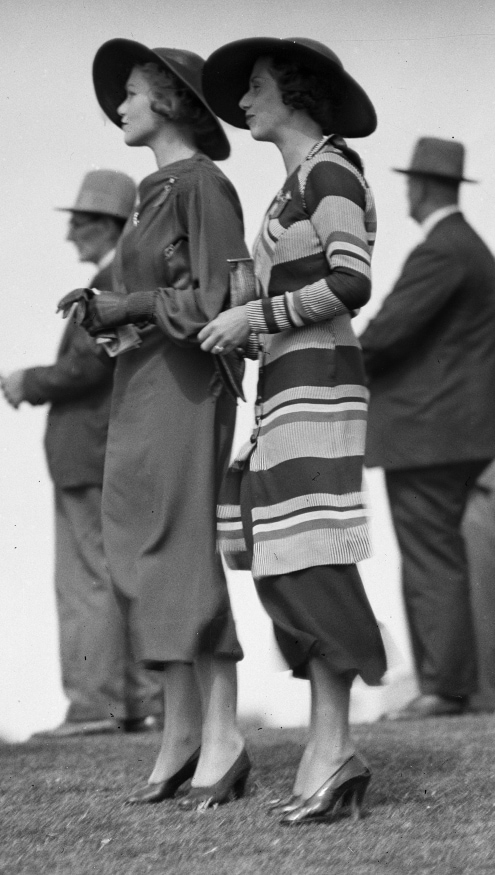
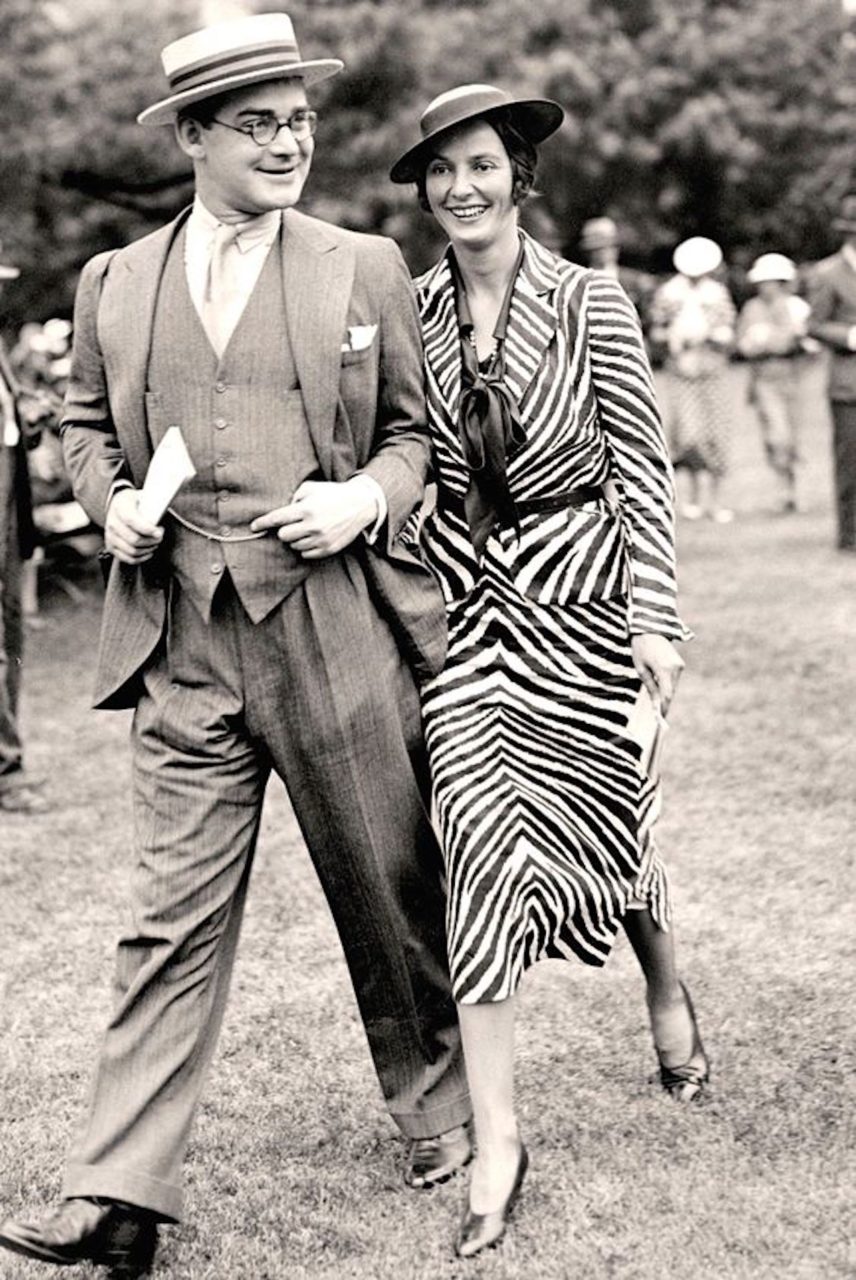
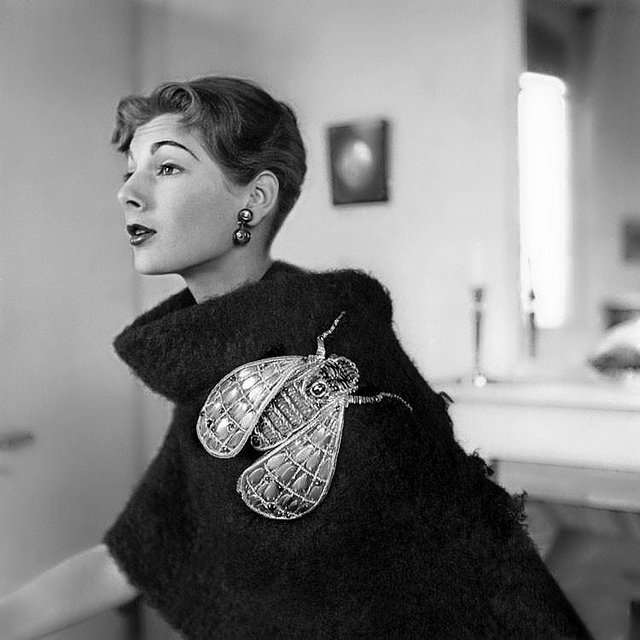
“Dress designing, incidentally, is to me not a profession but an art”
– Elsa Schiaparelli
Elsa Schiaparelli was one of the designers who embraced changes in technology and creative fluidity in the industry. Noted as one of the most “original designers in the 1930s”, Schiaparelli designed with a surrealist manner and used interesting fabrics and motifs out of context using lips, lobsters, butterflies. Some would say she moved away from designing for the traditional styles as she incorporated the use of synthetic textiles such as rayon and nylon.
Her signature color was “shocking pink” which was unusual to use in design at the time. She didn’t shy away from the creative potential of zippers & buttons as well. She was also known for designing the jupe-culotte pant which was considered daring at the time. Ultimately the design of the wide leg pant was all in all a divided skirt that allowed movement and range in motion.
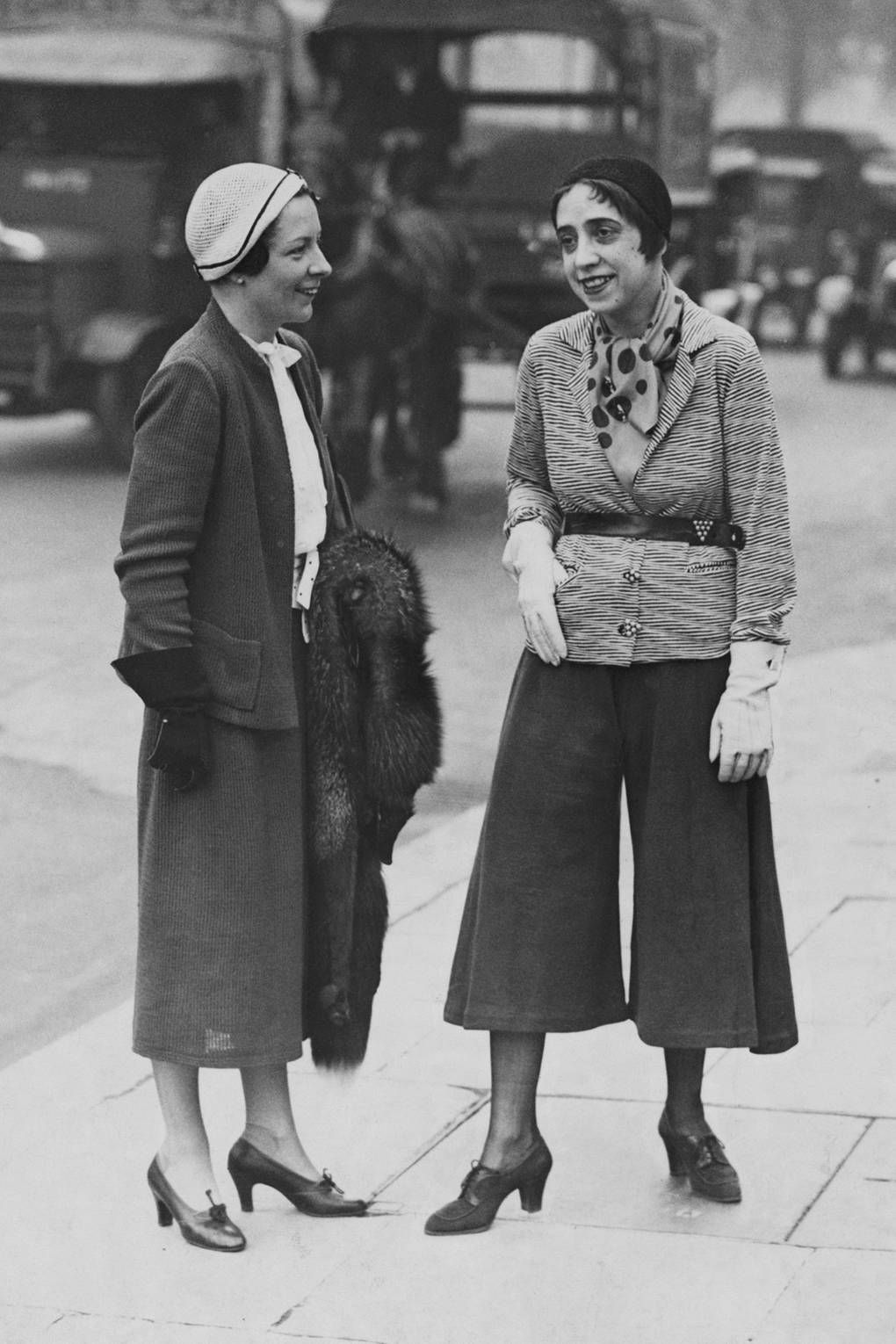
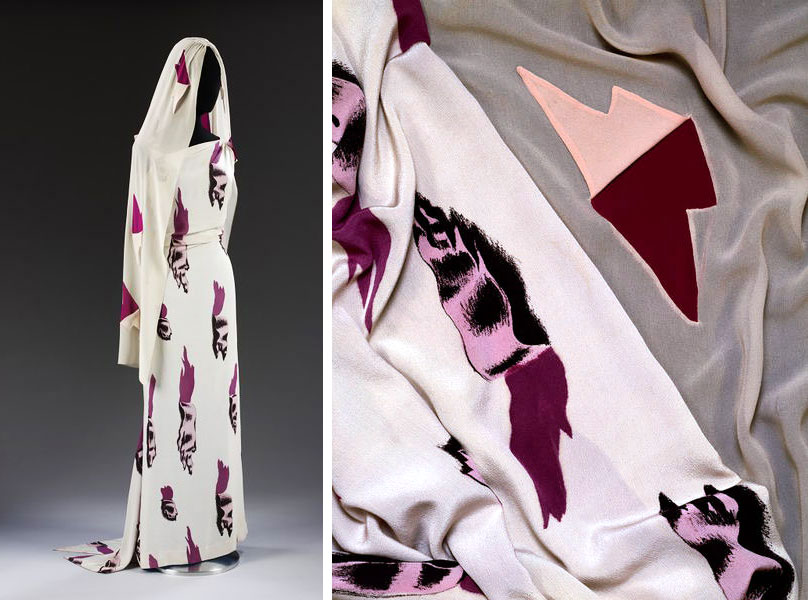

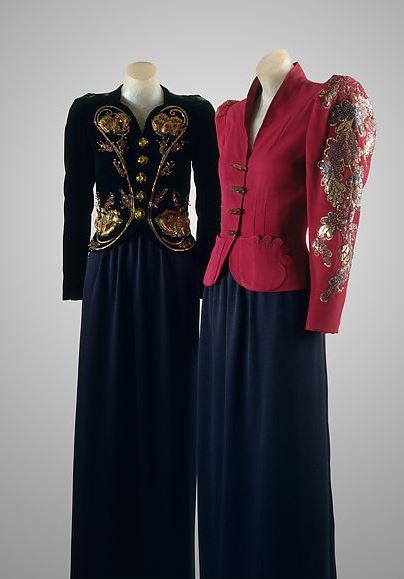
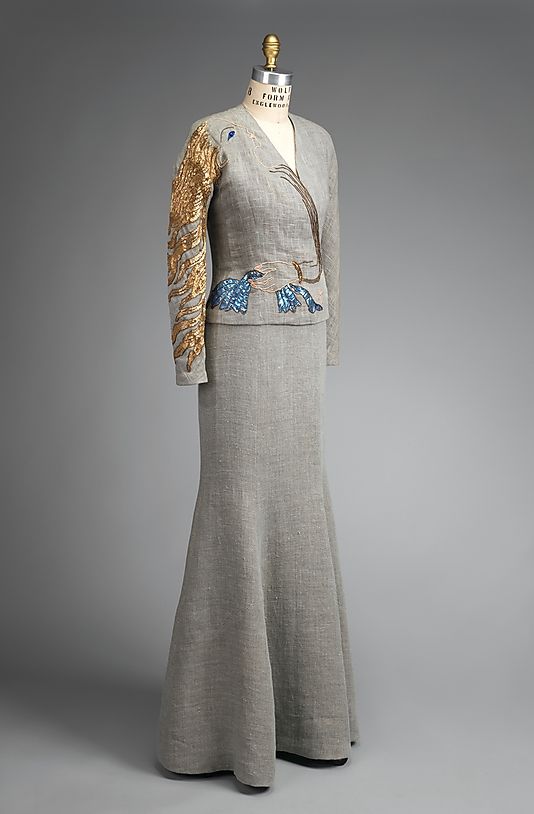
By the end of the 1920s, dresses for cocktail & evening wear were designed to be more form fitting with fabrics cut on bias such as satin and lamé.
Dresses were made to emphasize the female figure. Many dresses has much tighter draperies across their waists with skirts extending into a train. French designer, Madeleine Vionnet, was the pioneer of ‘figure flattering cocktail dresses’ with silk bias cut garments, made back in the 1930s. The look was that of ladylike and flowy, made from rayon and silk.
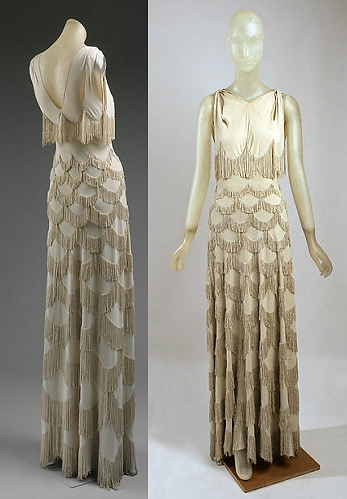
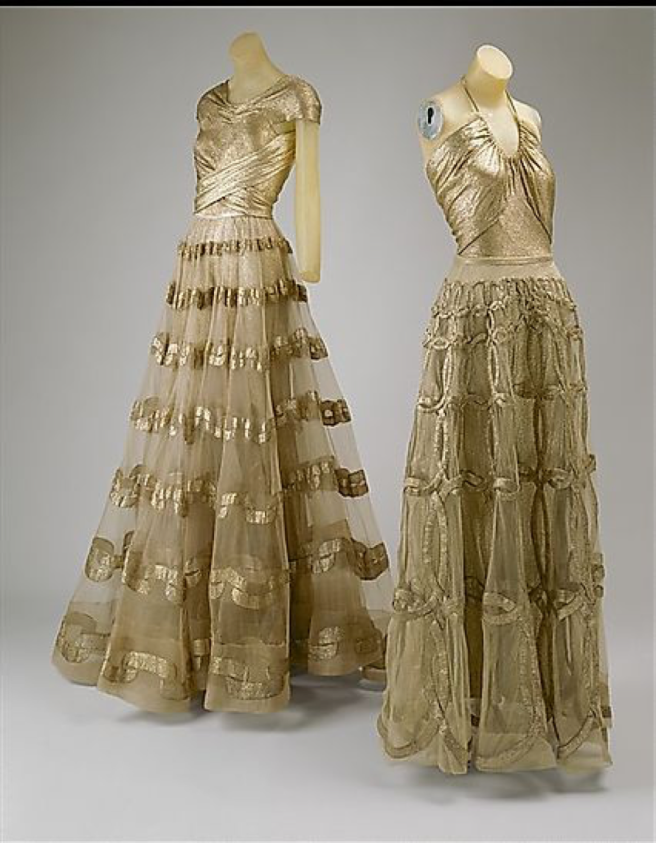
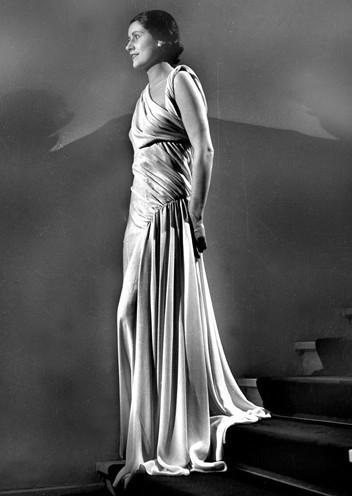
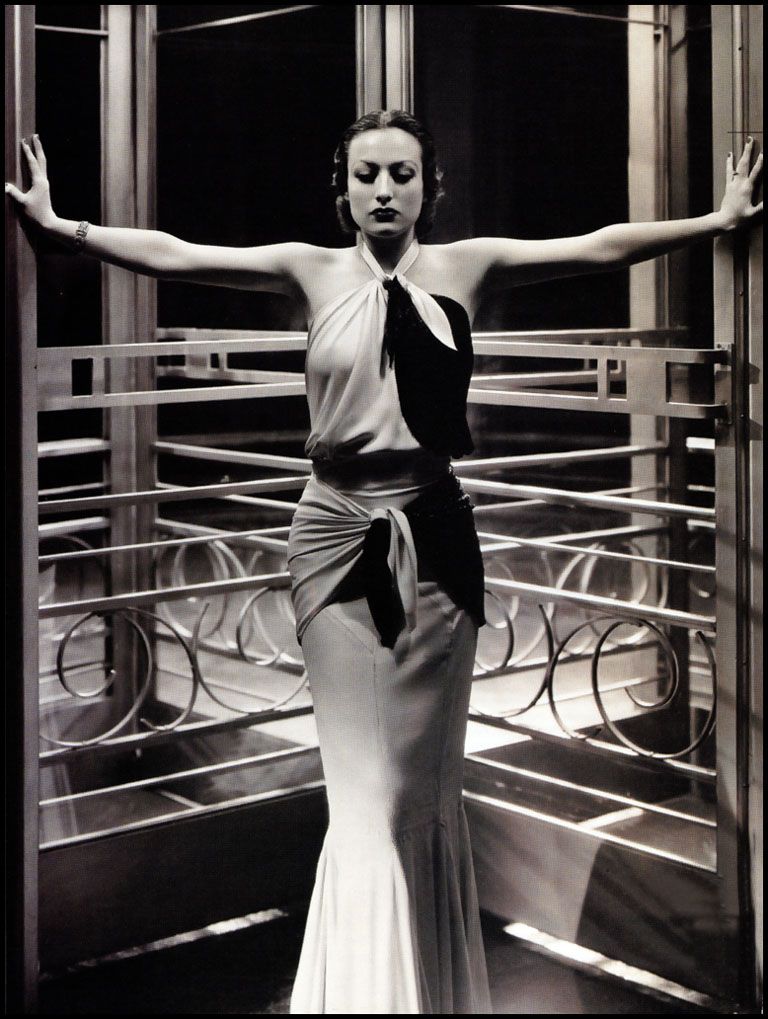
Madeleine Vionnet Bias Cut Dress
Joan Crawford
The United States & Europe were cut off from French Couture following the invasion of Paris in the 1940s. American designers had to develop their own distinctive style, and designed easy to wear, modern clothing in conjunction to the clothes featured at the Parisians Fashion shows. Ready To Wear design was made for mass production using easy to care for fabrics and using adaptable designs that can be worn season after season. Simple tailored coats, layering, contrast stitching and pleating were some design details often used.
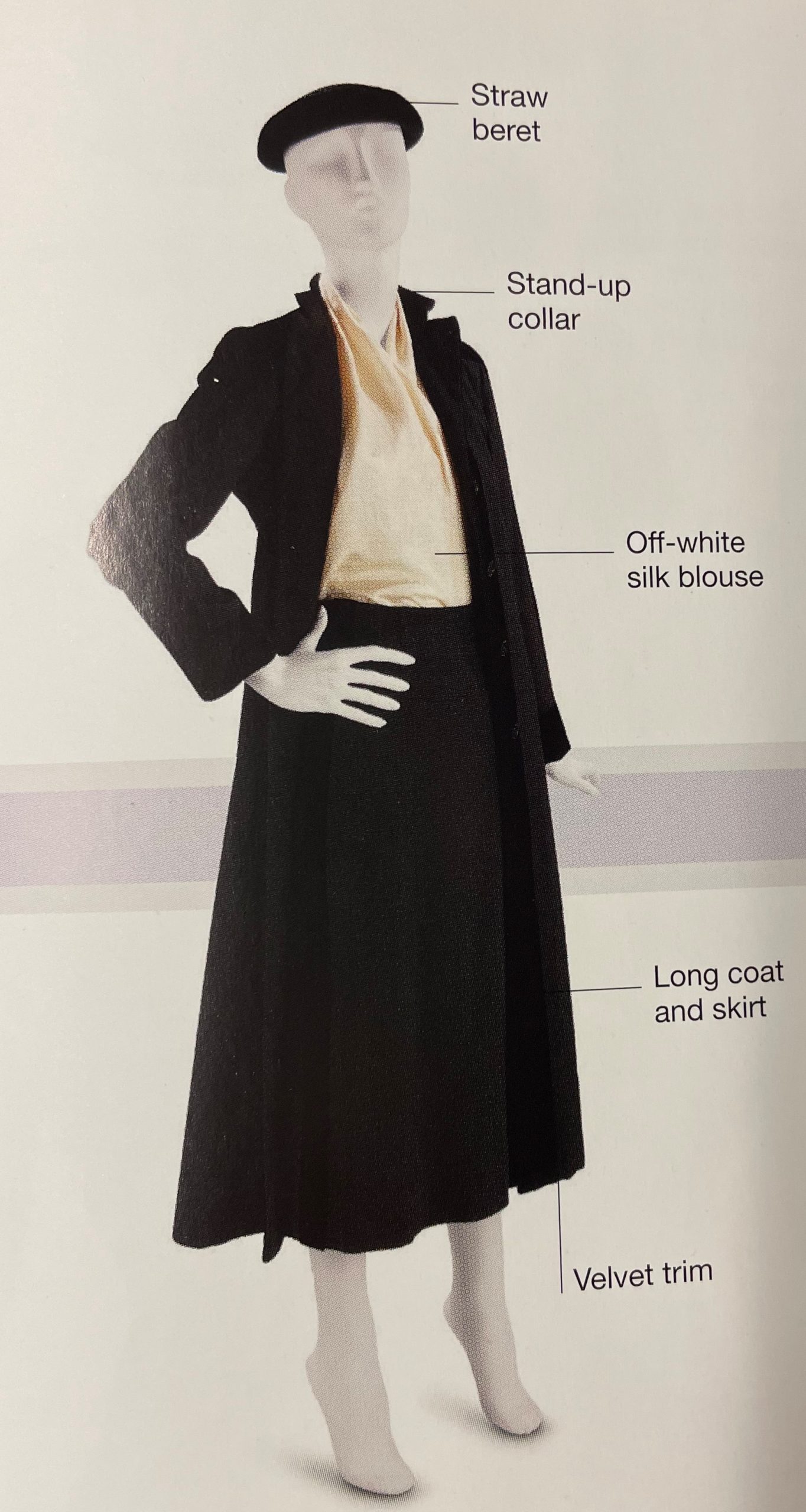
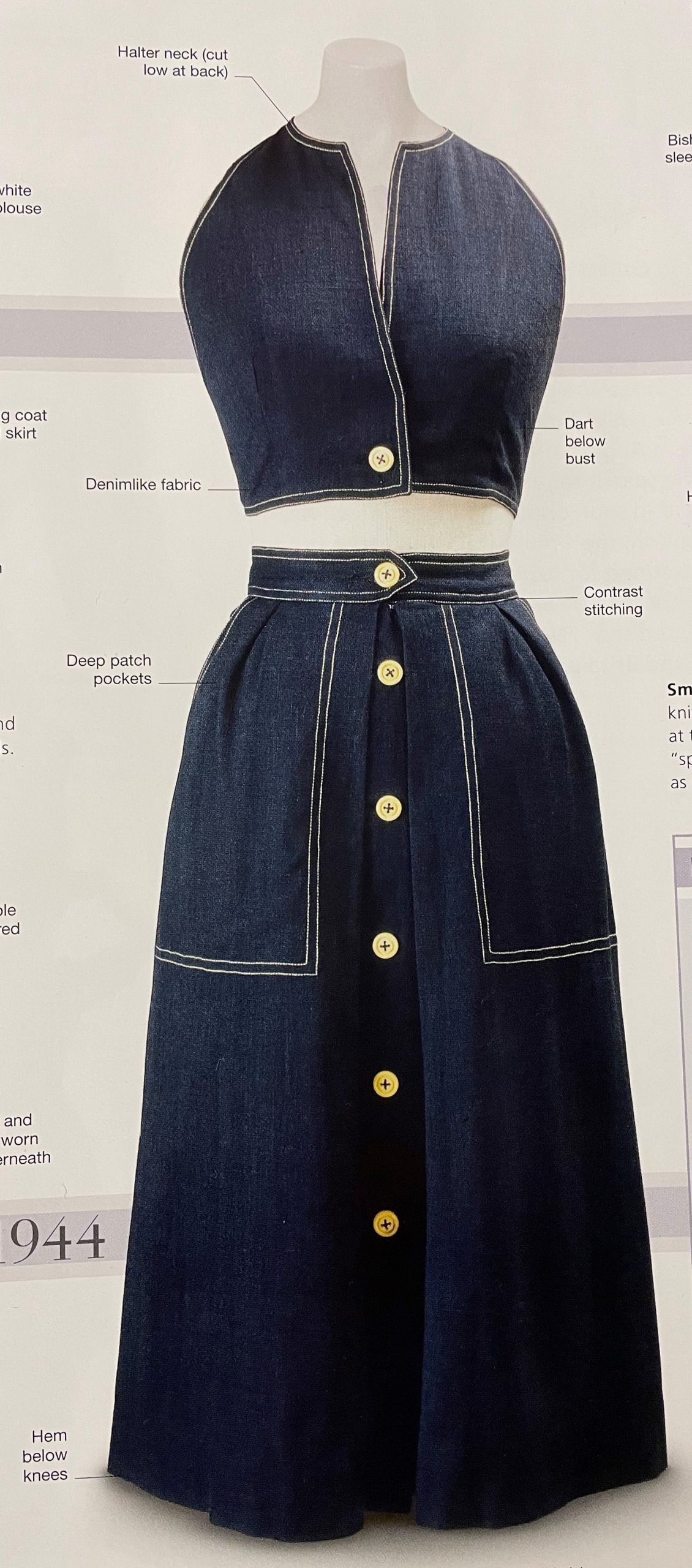
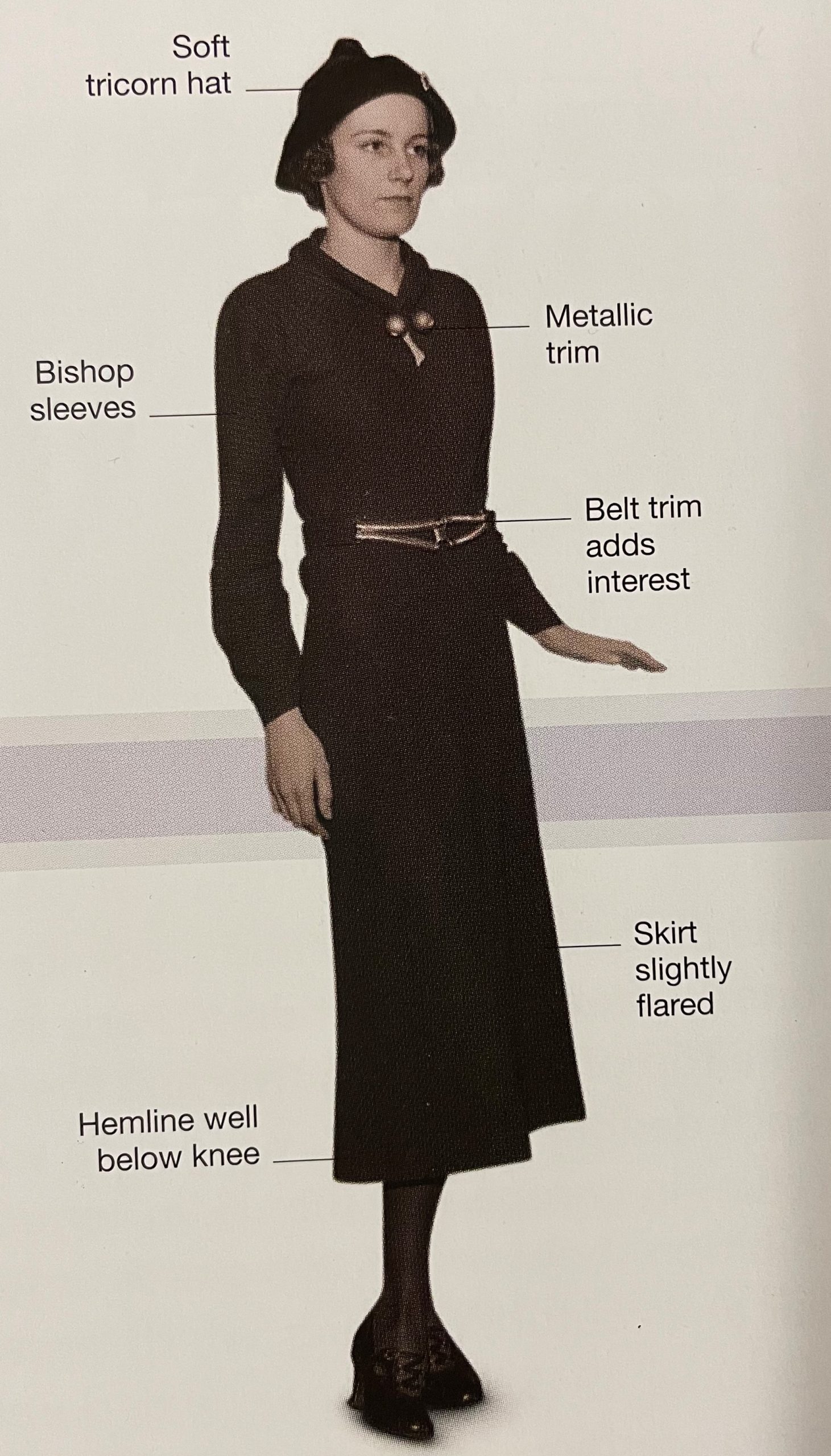
Ready To Wear fashion is one of the most familiar tropes used in the industry today. With the resources of online shopping and social media, we can buy our new favorite outfit in seconds.
As shoppers and lovers of fashion, certain people may choose to dress based on functionality rather than for the creative aesthetic. Luckily in this day and age, we have the freedom to dress with more intuitive styles.
